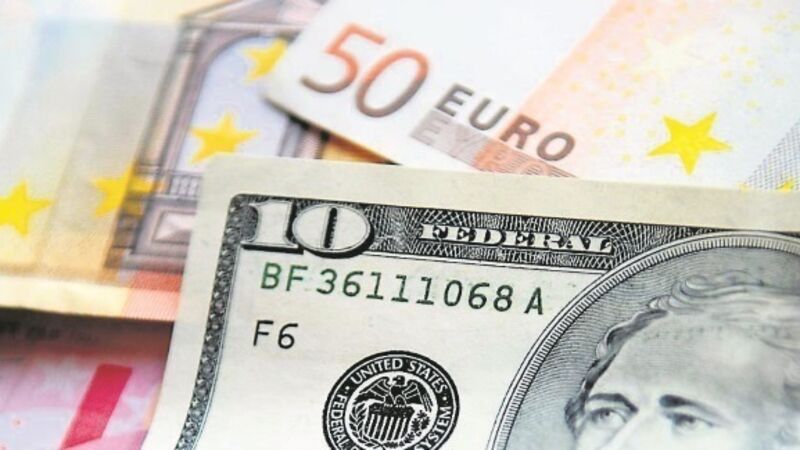Dollar will weaken in time

However, the currency has recovered strongly since the early spring, rising by some 9% on a trade-weighted basis. The dollar has been aided by strong US economic data. The economy grew by 4.1%, year-on-year, in the second quarter, the strongest rate in four years.
Meanwhile, the jobless rate has fallen below 4%.
Escalating tensions over trade, difficulties in emerging markets and geopolitical concerns have all sparked a flight-to-quality into safe-haven currencies like the dollar, yen and Swiss franc.
The dollar may also be benefitting from a repatriation of funds by US companies to take advantage of cuts in US corporate taxes.
The currency seems likely to remain firm in the near-term. The relative strength of the US economy, widening interest rate differentials, and escalating tensions over global trade, are supportive of the dollar. However, further broad-based gains may prove difficult for the US currency given that market positioning has turned very long the dollar.
Furthermore, the dollar is now at quite elevated levels against a range of currencies, which may limit its upside potential from here.
The dollar could make further gains in the near term against emerging market currencies, given the serious difficulties some of these economies are experiencing. However, we don’t expect it to continue making gains against other major currencies. Indeed, we remain of the view it will weaken over the medium to long-term. Three factors drive this assessment.
Firstly, we are quite concerned about the current expansionary budgetary policy in the US.
This will lead to a sharp jump in the budget deficit and, thus, a big rise in the supply of treasury bonds; pointing to a lower dollar over time. We are also concerned that the US economy could slow sharply once the fiscal stimulus fades.
Finally, the increased repatriation of funds following the cuts in US corporate taxes is likely to abate. In the short-term, though, we expect the US dollar to remain firm. We see potential for the euro to move back up above the $1.20 level next year.
The weakening dollar trend is likely to continue over the longer term as the pace of US activity slows, and the ECB starts to tighten policy in a more solid eurozone economy.

















